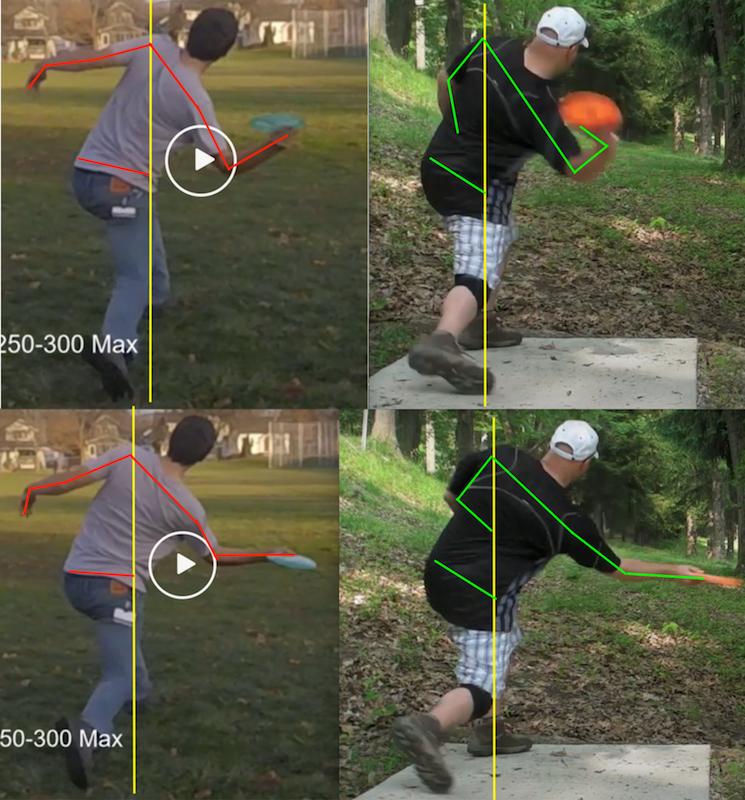You have a habit of using words in a way that I literally cannot parse, so clarify this. In your sentence above, what do you mean by 'things'?
This post speaks of a longer lever. You have the lever which is the front arm or one that holds the disc. Then you have the basic fulcrum which is the spine area. On the opposite side of the lever you have the counter or balance weight which is the other arm and other side of the body. Thus you have the lever or "arm" which pivots on the fulcrum or spinal area and then you have the counter or balance weight of the off trailing arm and other body mass on that side of the body that moves in the opposite direction. This lever and counter weight when put in motion around the fulcrum is what allows you to generate torque and expel the disc.
